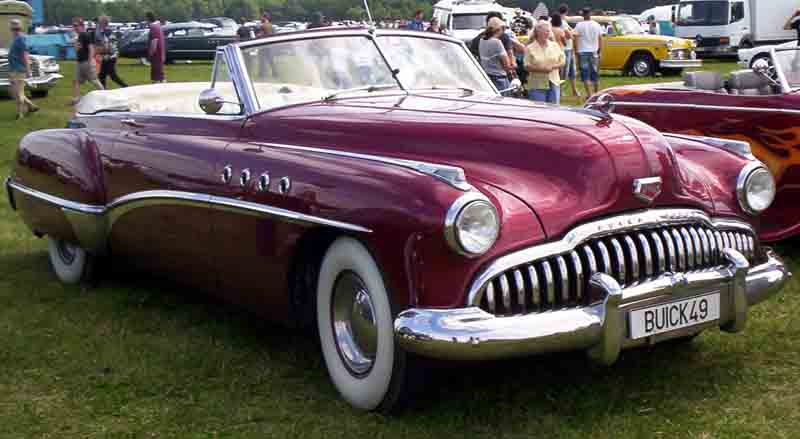
This week I was drawn by a client inquiry into analyzing the merits of converting a term policy into permanent. A term policy’s ace in the hole is its conversion privileges. Health conditions may arise as the decades go by. No matter how much one’s health may have changed for the worse, if still within the conversion period, a policy owner can convert all or part of the term policy to permanent without evidence of insurability at the original rate classification. Be sure to ask about conversion when shopping for term. It’s the second most important consideration after lowest premium.
For the American General term policy I was reviewing, they currently offered term conversion to either an Indexed Universal Life and a whole life product. The indexed universal life product “AG Extend IUL” offers a no lapse guarantee rider to age 100. That’s really great news for American General term policy holders: fixed premium and coverage guarantee to age 100. It would be better to have one to age 120 and beyond, but a lengthy guarantee is much better than not one of all. It’s one step above the 5 to 25 year no lapse for other Indexed UL or current assumption UL products.
One of the problems with Indexed Universal Life is uncertainty on how it will perform over time. Illustration shows non guaranteed projections, and they are very speculative in both the interest rate given, and how it’s shown at that rate for all years. An agent would be tempted to show the maximum interest rate allowed by the software. Carriers based those rates based on historical averages, as in the S & P 500 over the last 30 years. So an illustration may shows the S & P 500 annual point-to-point at 7.75% or 8.00% in all years. Yes, each and every year. The S & P certainly doesn’t perform like that in real life. In all years for a 45 year old that projects a positive return, each and every year, for 75 years. I run my IUL illustration a 5%. It’s more conservative projection but still a very uncertain projection because actual performance of the indexed may vary considerably and the carrier can change cap rates, participation rates and policy charges.
That’s why a lengthy guarantee on an Indexed UL like is “AG Extend IUL” is valuable. Set the premium to the age 100 guarantee and then down the road the policy holder can evaluate actual performance and make changes accordingly to save on premiums if that age 100 guarantee is no longer necessary. So for example, start an Indexed UL at age 54 with premiums that guarantee coverage to age 100. Then when 75 year old and in declining health, request an inforce illustration, and project how much premium the policy will need to have coverage to age 85.
If a Guaranteed Universal Life product is offered for conversion, generally that’s a better option to take, especially for those in their 60’s or 70’s. If only a current assumption UL or Indexed UL is offered, funding it adequately, setting the premium high for plenty of cushion for cash value accumulation is well advised. Have the agent show illustrations with coverage cash value to endow, or worth the face amount, at age 100. Those run at target or $1 at age 100 might have more appealing premiums but might end up being underfunded for the long haul.
